For this was on St. Valentine's Day, when every fowl cometh there to choose his mate
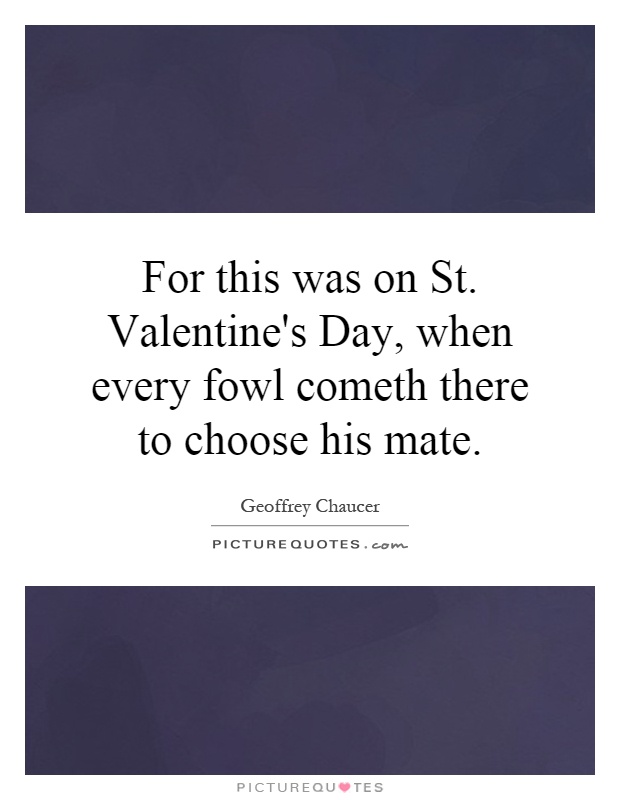
For this was on St. Valentine's Day, when every fowl cometh there to choose his mate
Geoffrey Chaucer, often referred to as the father of English literature, was a poet and author who lived in the 14th century. One of his most famous works is "The Canterbury Tales," a collection of stories told by a group of pilgrims on their way to the shrine of Thomas Becket in Canterbury. In this work, Chaucer showcases his keen observation of human nature and his skill in creating vivid and memorable characters.One of the most famous lines from "The Canterbury Tales" is "For this was on St. Valentine's Day, when every fowl cometh there to choose his mate." This line comes from the prologue to the "Parliament of Fowls," a poem in which the narrator dreams of a parliament of birds gathering to choose their mates on Valentine's Day. The poem is a playful and humorous exploration of love and courtship, with the birds representing different aspects of human behavior and relationships.
Chaucer's use of the image of birds choosing their mates on Valentine's Day is a clever and poetic way of exploring the themes of love and desire. The idea of birds coming together to find their partners reflects the universal human experience of seeking love and companionship. By setting this scene on Valentine's Day, a day traditionally associated with love and romance, Chaucer adds an extra layer of meaning to the poem.

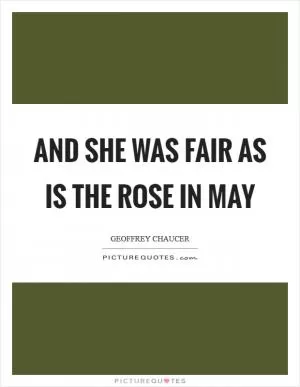
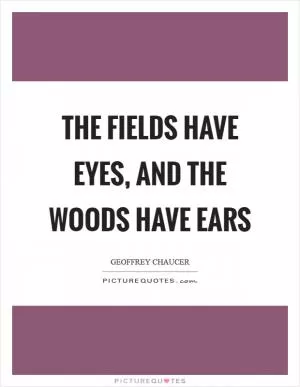



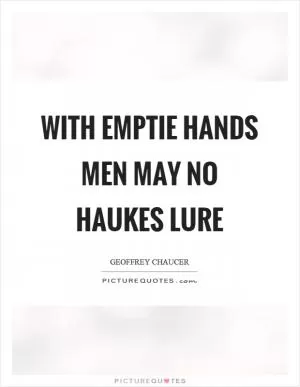
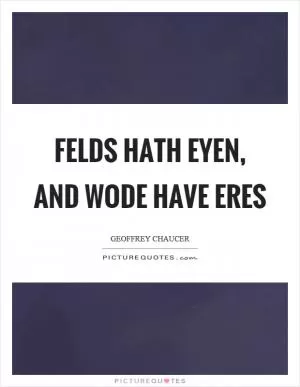


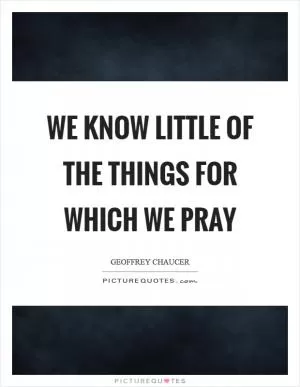
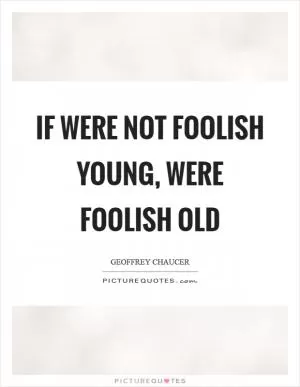
 Friendship Quotes
Friendship Quotes Love Quotes
Love Quotes Life Quotes
Life Quotes Funny Quotes
Funny Quotes Motivational Quotes
Motivational Quotes Inspirational Quotes
Inspirational Quotes